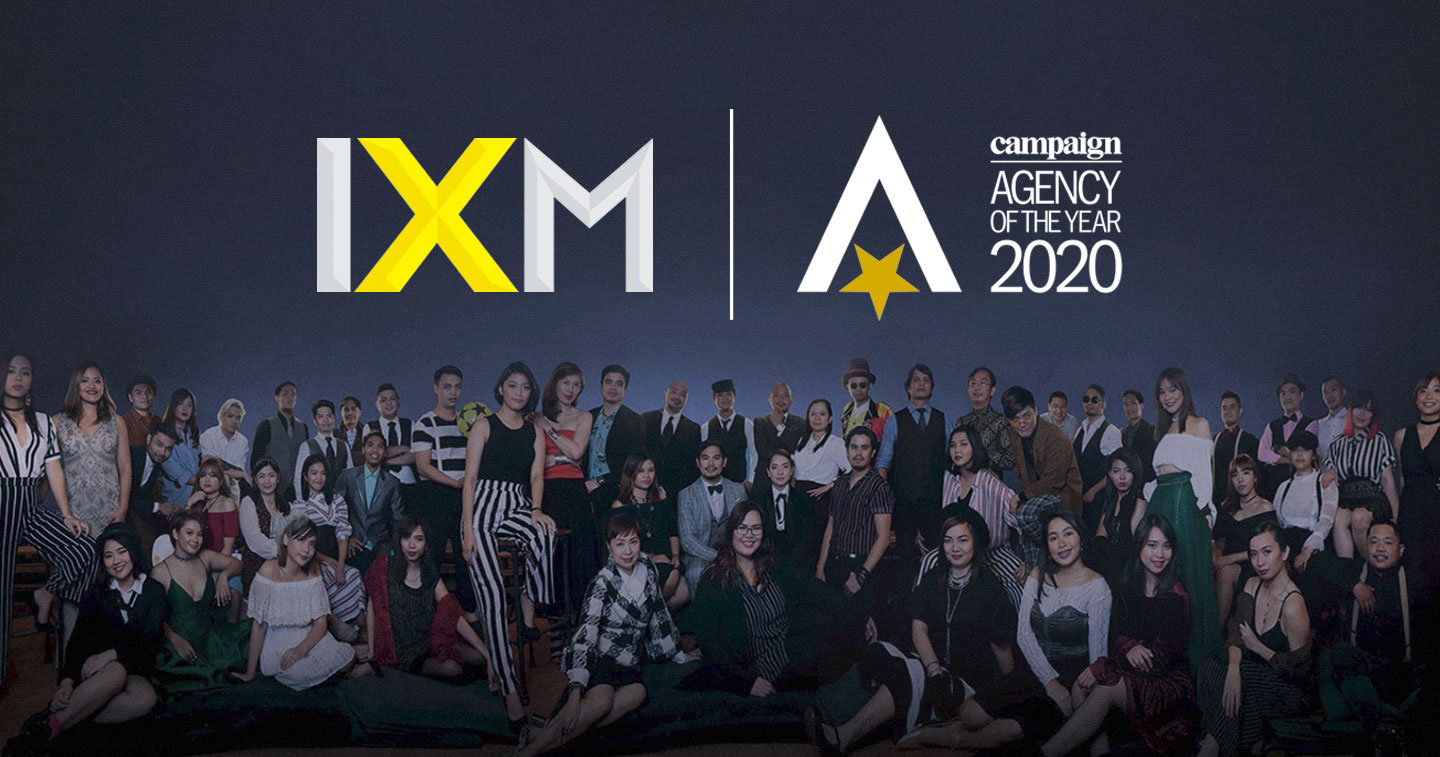Words by Carlo Ople
Illustration by Jericho Louise Clemente
2016 was “digital practice and experimentation” for political operators and campaign managers. The gloves come off this coming 2019 when we have the midterm national and local elections. Facebook will be a critical battleground for Senatorial candidates. I don’t support any particular candidate, but if I were to run a campaign, this is how I would do it.
Dissect the electorate base into audiences with needs. The more specific, the better: single moms, sea farers, OFW families, the millennial workforce, etc. The longer and more specific this list is, the better.
Next, I would work with the candidate to draft his or her agenda on how they can address a pain point or fill a need for each audience. This can be in the form of a proposed law or campaign promise.
The digital creative agency comes to play. We will shoot dozens, if not, hundreds of videos and materials of the candidate proposing the solutions. Each audience will have multiple videos that will be deployed over time (just like a series).
Enter the media agency. Target the audiences with the respective sequential messaging ads. Plan out the frequency so they initially get hit once a week and this gradually increases with different materials as we get nearer to election day. Eventually we will be doing 3-5x frequency a day.
By the end of the campaign, the team would have made hundreds of ad materials targeting dozens of core audiences multiple times over two years.
2019 digital will not be about one-shot viral ads. It will be about strategic micro campaigns all happening at the same time across various audiences to make the candidate more relevant and appealing.
About the Author:

Carlo Ople is the Vice President for Digital Strategy and Disruptive Business of PLDT. He is also the Founder and Editor-in-Chief of Unbox.ph, a website that publishes tech reviews without the unnecessary jargon.
This article was published in the adobo magazine Gender 2018 issue.







